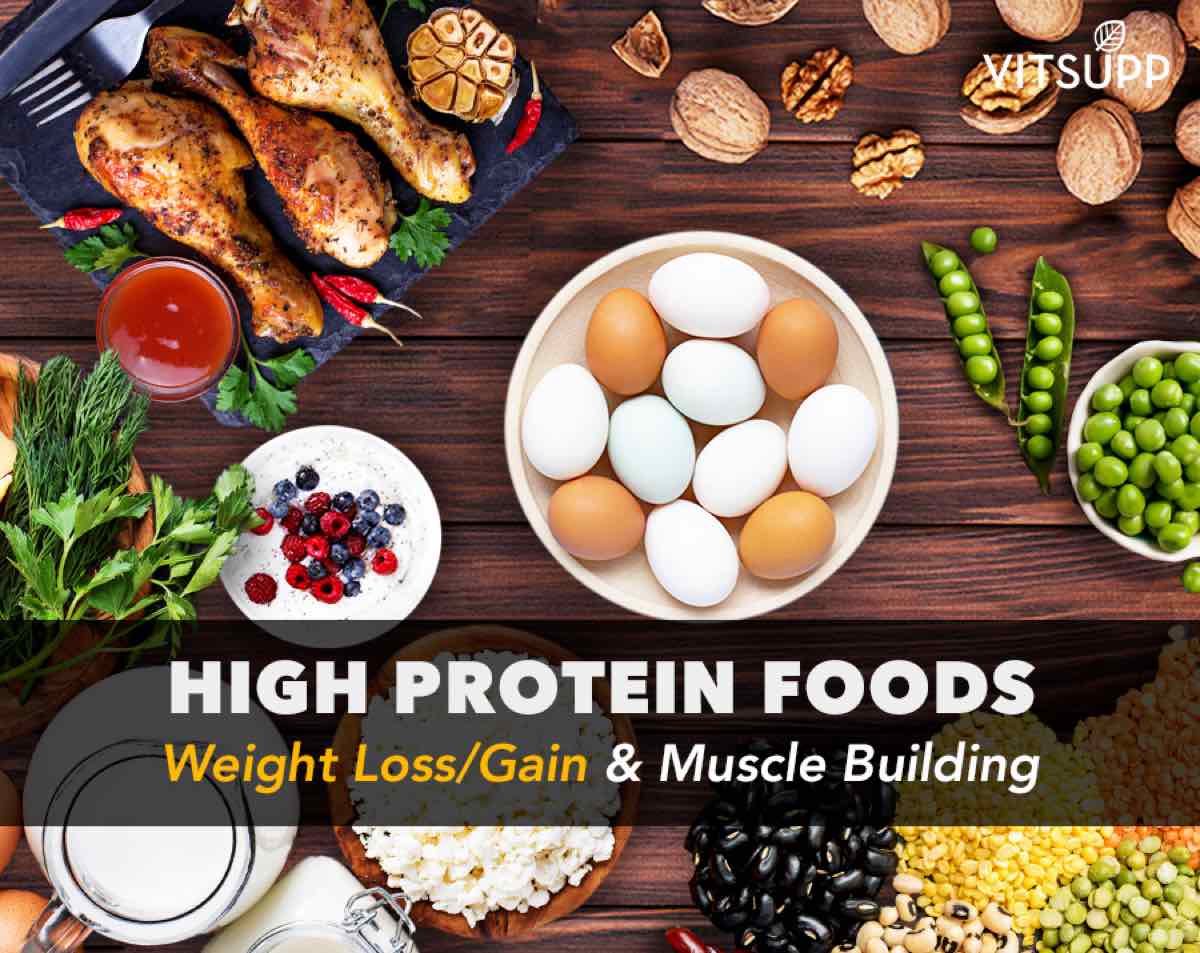4 Keys to Strength Building and Muscle Mass
Muscle is harder to build and maintain as we age. In fact, most of us start losing muscle around age 30, and physically inactive people can experience anywhere from a 3- to 5-percent reduction in lean muscle mass every decade thereafter.
This is due to lower testosterone levels in men and lower estrogen levels in women — both hormones that help build muscle — as well as changes in nerve and blood cells and the body not converting amino acids to muscle tissue as efficiently, among other factors. But muscle loss doesn’t have to be inevitable:
Strength Training and Health

Strength training is an important piece of the fitness equation. Men and women should participate in muscle strengthening activities that work the major muscle groups (legs, hips, back, chest, abdomen, shoulders and arms) at least two times each week. Examples of strength training include lifting weights, using resistance bands and doing push-ups, pull-ups and sit-ups. Even everyday activities such as carrying groceries, playing with your kids and gardening can strengthen muscles.
One of the best ways to support strength building is good nutrition. Protein, carbohydrates and fat play a major role, as does getting enough calories throughout the day. Read on to find out how each macronutrient can help you bulk up — and how much to eat every day.
Protein and Muscle Building

When building muscle, the more protein the better, right? Not necessarily. While you’re working to build muscle with exercise, protein should make up 10 to 35 percent of total calories for adults.
Keeping muscle mass, on the other hand, requires a lot less protein than building new muscle. For example, the recommended dietary allowance for protein for the average adult is 0.37 grams per pound of body weight, and that equals about 56 grams of total protein for a 150-pound adult. A typical day that includes 3 servings of low-fat or fat-free dairy plus 3 servings of protein foods (such as lean meat, poultry, fish or beans) will provide quality sources of protein to help reach that goal. Grains, especially whole grains, also provide some protein but may not be enough to meet dietary needs.
Protein levels of common foods:
- 3 ounces skinless, baked chicken = 26 grams
- 3 ounces of lean ground beef = 22 grams
- 3 ounces grilled salmon = 21 grams
- ½ cup low-fat cottage cheese = 14 grams
- 1 cup plain low-fat yogurt = 12 grams
- ½ cup cooked lentils = 9 grams
- 3 ounces firm tofu = 9 grams
- 2 tablespoons peanut butter = 8 grams
- 1 cup cooked quinoa = 8 grams
- 1 cup low-fat milk = 8 grams
- ½ cup cooked black beans = 7 grams
- 1 large egg = 6 grams
Carbohydrates and Muscle Building
Carbohydrates are an important group of foods for fueling your muscles. That’s because carbs are partially converted to glycogen, which is stored in muscle to power your workouts. Men and women who are strength training at least twice a week need about half of their calories from carbohydrates per day. That doesn’t mean you should be loading up on pizza and bagels. Try adding in good quality carbohydrates that are low in fat, such as whole-grain breads and cereals for the best strength-training boost. Low-fat milk and yogurt and fruits and vegetables also are good options and provide some carbohydrates in our diet. When planning your meals and snacks, it is recommended to stay away from higher fiber foods immediately prior to or during exercise.
Fat and Muscle Building

Your body relies on fat to supply energy to muscles during activity, and how much fat a person needs can vary. As a general guideline, fat should make up 20 to 35 percent of your total calories.
For overall health and muscle strength, focus on sources of heart-healthy fats, including extra-virgin olive oil, canola oil, walnuts, pistachios, almonds, avocados and fatty fish such as salmon, halibut, mackerel, sardines and trout.
Fat contains twice the number of calories as carbohydrates and protein, so it is important to monitor serving sizes. For example, 1 tablespoon of olive oil has 120 calories and 1 ounce of walnuts (about 14 nuts) has 185 calories.






